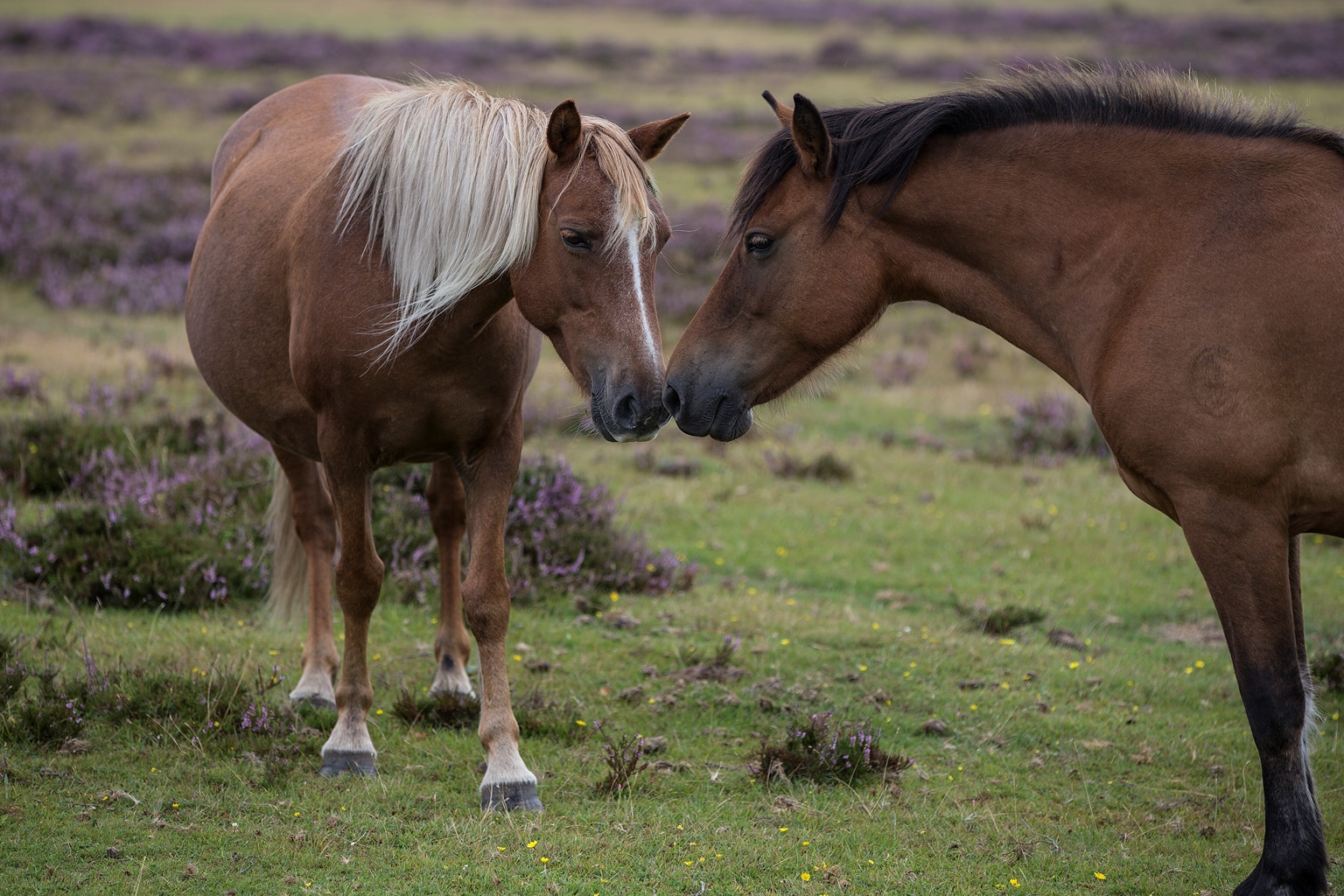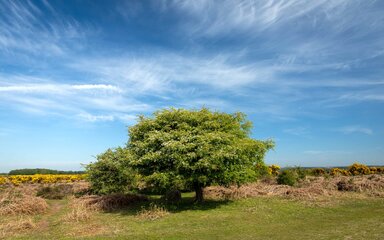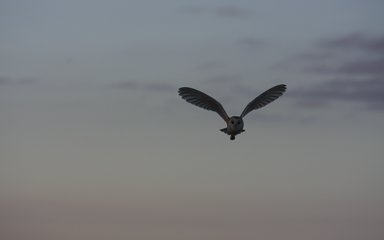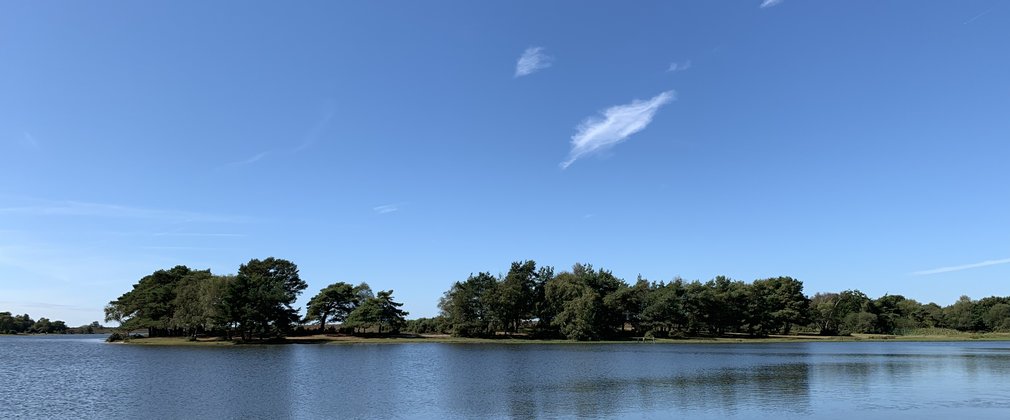
Hatchet Pond is a special place…
This small, shallow lake is the most wildlife rich of its kind remaining in lowland England, and home to almost 90% of the rarest wetland plants in the UK. Many species found here have long since become extinct from other parts of the country.
Plant-life
Stoneworts are a unique group of complex algae that typically grow in fresh water that is clear and unpolluted. Of the 28 species of these plants 10 can be found in the New Forest and Hatchet Pond is an important area for these plants.
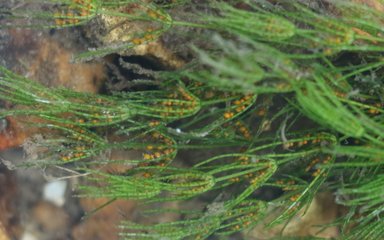

Coral necklace is a rare flowering plant with long trailing red stems and clusters of white flowers resembling beads threaded along a necklace. With the widespread loss of heathlands across the UK it is now only found in a few areas including here in the New Forest.
Pillwort is a small creeping fern with grass-like leaves with tiny round spore cases or ‘pills’ at its base. In decline across Western Europe and lost from nearly half of its known locations in the UK, it is widespread in the New Forest making it one of the most important populations in Europe.

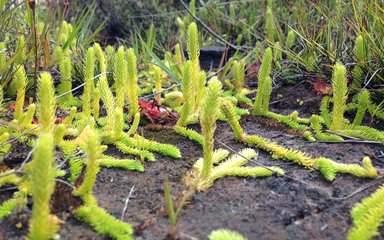
Marsh Clubmoss is an endangered plant that has already been lost from much of Europe with the UK now holding a large part of the global population. Its long spikey stems are a distinctive bright, lime green in colour and grow up to 20cms long.
Wildlife
The New Forest is home to 75% of all species of dragonflies and damselflies and Hatchet Pond is one of the most important water bodies for many of these including the extremely rare southern damselfly.
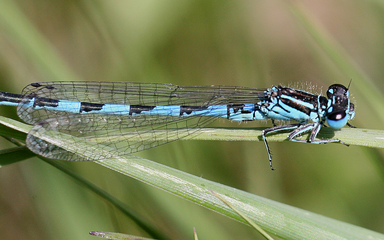
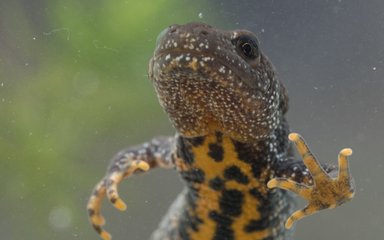
Hatchet Pond is home to great crested newts, the UK’s largest newt species with adults growing up to 17cms long. Known as warty newts or little dinosaurs due to their distinctive crest, they are a protected and priority species across Europe.
The mighty medicinal leech is found in just five water bodies in the New Forest. The largest of all leeches it can grow up to 20cms long. It uses its three jaws and 100 teeth to feed on amphibians and occasionally snack on a New Forest pony.
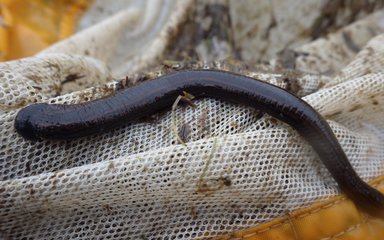
The Pond also supports a wide range of wildlife who visit it to mate, lay eggs, feed, or source water, especially during the dry summer months. These include reptiles, amphibians, snakes and bats, as well of course visits from the New Forest ponies and other livestock who roam freely across the Forest.

